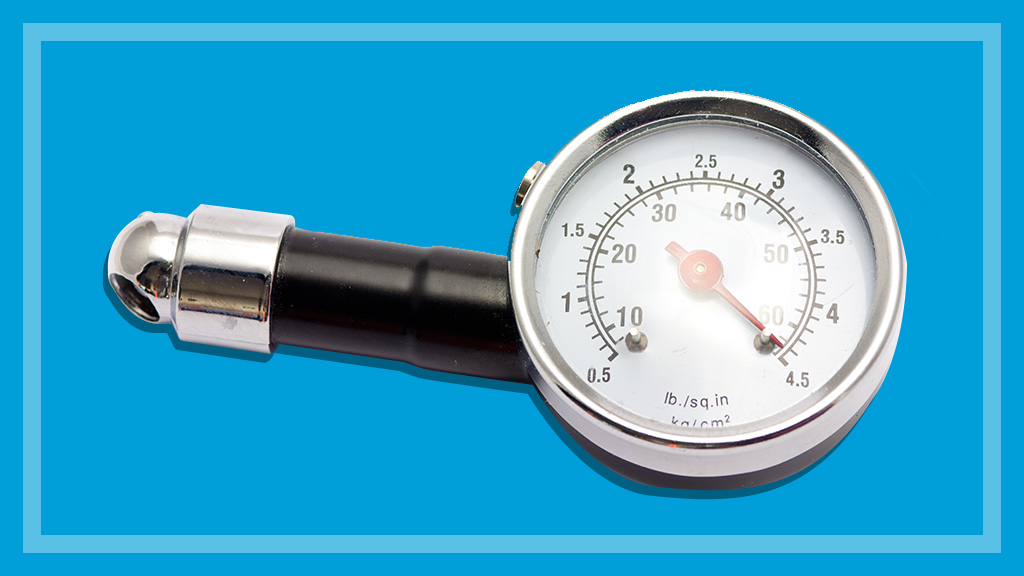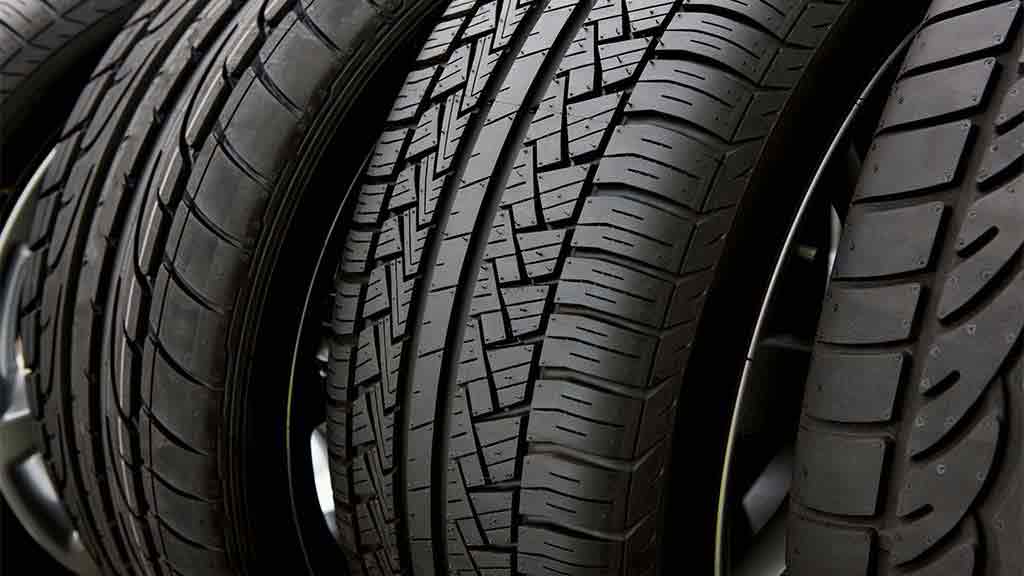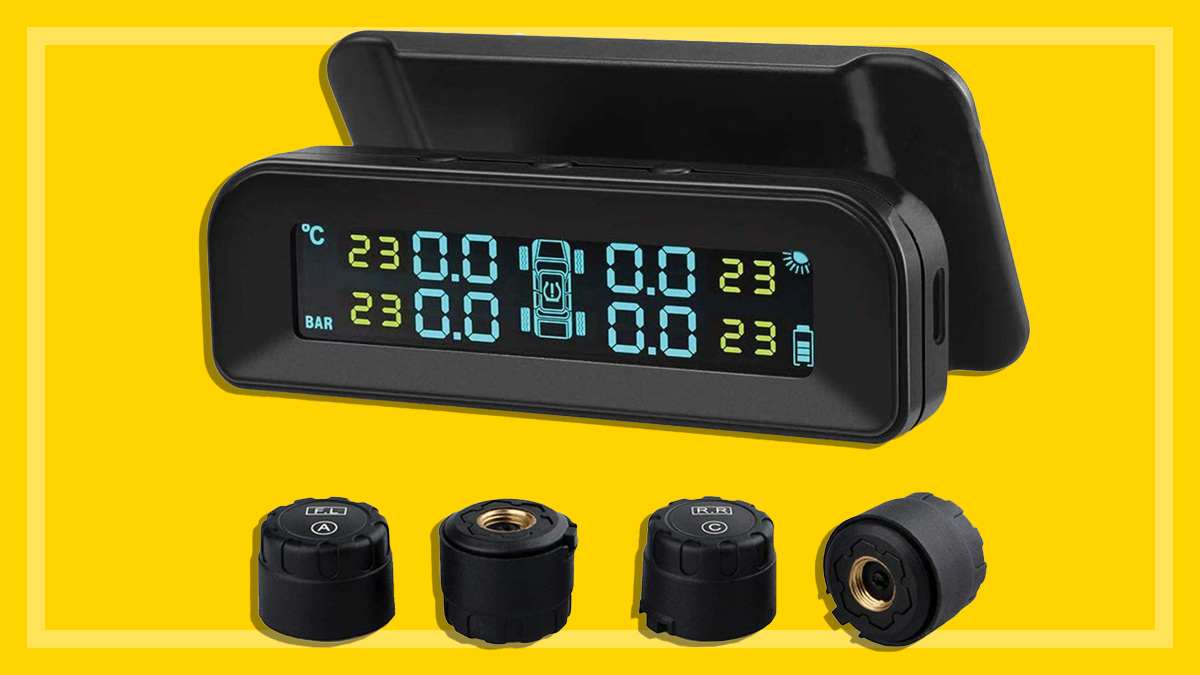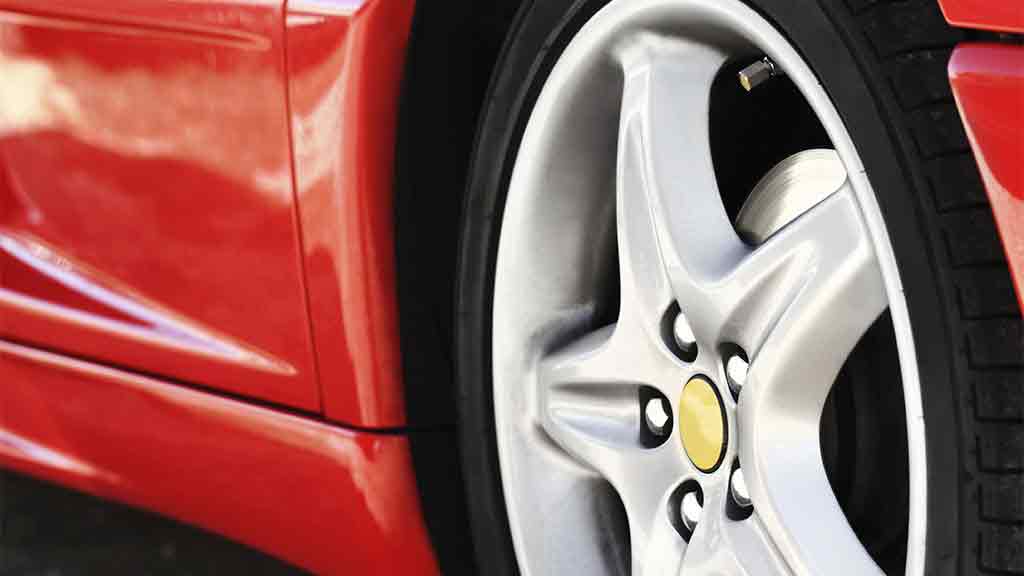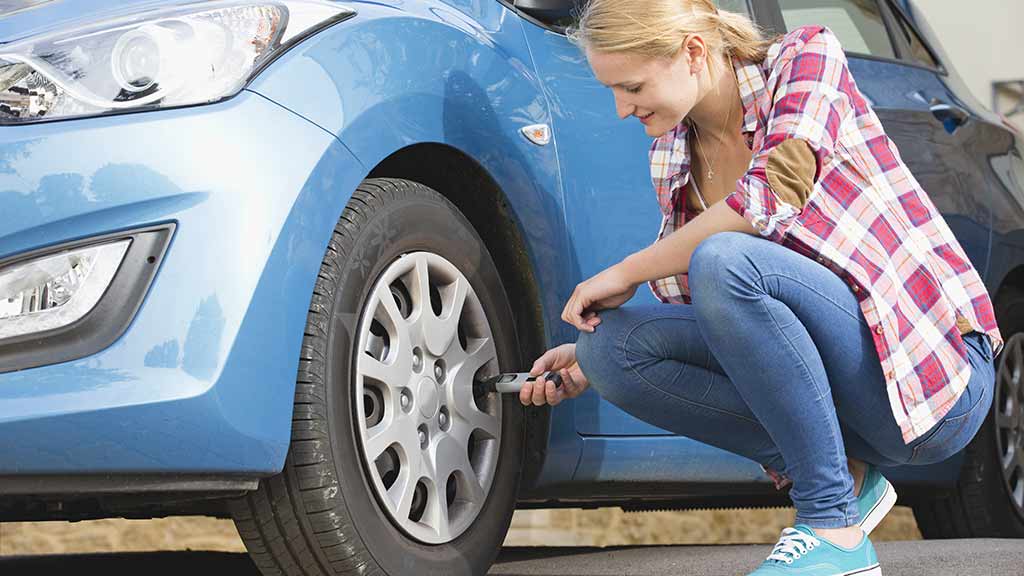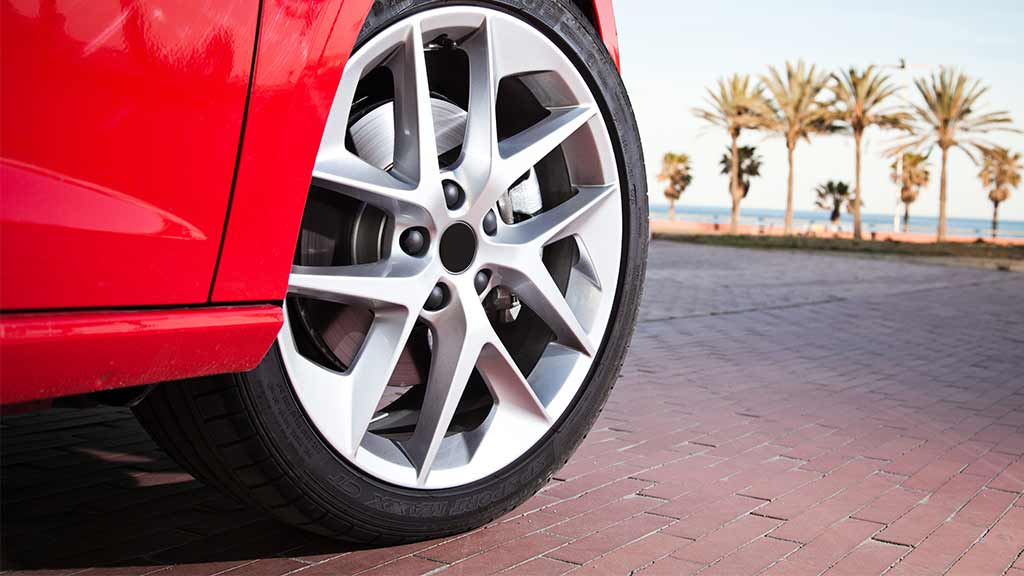Get our independent lab tests, expert reviews and honest advice.
How to buy the best tyre pressure gauge
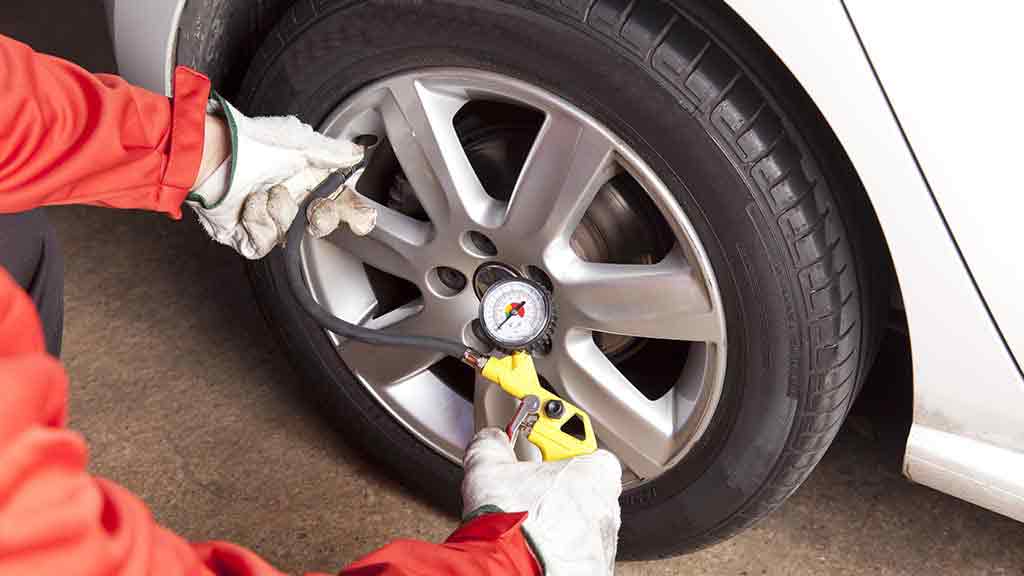
Keeping your car tyres at the correct pressure helps them last longer and makes driving safer. But gauges at petrol stations sometimes aren’t well maintained. Having your own tyre pressure gauge means you’ll know it’s accurate, plus it can be more convenient. However, not all tyre pressure gauges are as accurate as you’d like to think.
On this page:
- Why proper inflation is important
- Dial, digital or pressure gauge?
- How much should I pay?
- Features to look for
- Tips for checking tyre pressure
Want to know how we get our review results? Check out how we test tyre pressure gauges.
Why proper inflation is important
Proper inflation means longer tyre life and better safety. Both over- and under-inflating your tyres will wear them out sooner. Driving with under-inflated tyres also uses more petrol, adversely affects your car’s handling and may even lead to tyre damage. Check the pressure regularly – for example, every time you fill up with fuel. Don’t forget to check your spare tyre too – there’s nothing worse than getting a flat tyre and finding the spare has no air either.
Dial, digital or pressure gauge?
There are three main types of tyre pressure gauges:
Dial gauges
These are the most common type, and models come in a wide range of sizes and prices. Generally, the larger the dial, the easier it is to read – but you also want to consider storage space in your car.
Digital gauges
These are generally the easiest to read, especially if their display is backlit. However, you’ll have to replace their battery every now and then, so there will be a small ongoing cost.
Pencil gauges
We didn’t find pencil gauges as easy to read as others, but these models are generally cheap and very easy to store.
How much should I pay?
The models in our most recent tyre pressure gauge test range in price from $7 to $48, however some models can cost as much as $80 or more.
Features to look for
Accuracy
At CHOICE, we have the benefit of being able to test tyre pressure gauges against a calibrated high-precision gauge. Use reviews like ours to see how accurate different models are.
Ease of use
Look for a gauge that fits nicely in the hand and is easy to apply to the valve.
Reading
Consider how easy it is to read the display in bright daylight.
Tips for checking tyre pressure
Recommended pressure
Tyre pressure is usually measured in kilopascals (kPa) or pounds per square inch (psi). Keep your tyres inflated to the pressure recommended by the car manufacturer. This is often found on a sticker inside the driver’s door frame, in the glove box or on the petrol tank flap.
Check when tyres are cold
The recommended pressure relates to when the tyres are cold, not after you’ve been driving for some time. So it’s best to check at home before you leave if you have your own gauge, otherwise at a nearby petrol station rather than halfway through your journey.
Loaded up?
When driving with a heavy load such as a trailer, inflate your tyres to a higher pressure – again, check the manufacturer’s advice.

